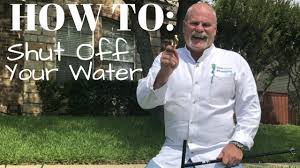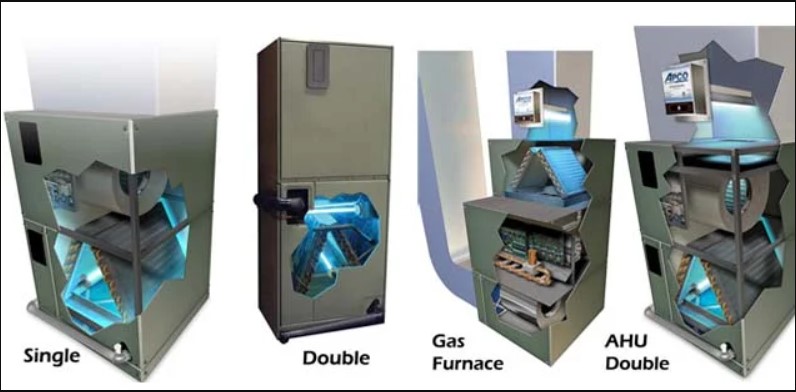
We'll be looking at electrical items in this article. This article will be about electricity, static electricity, and electric motors. In this article, we will also discuss how electricity and magnetism relate and how to identify electric phenomena. You'll also learn about Maxwell's equations, which describe these phenomena.
Electricity
Things that are electrical are those objects that use electricity. A car battery, for example, is an example of an electric device. It works by storing or transferring electricity. It can charge many living cells. Even bacteria can harness electricity. Although this sounds a lot like Frankenstein's monster it is actually true.
Two types of electricity can be classified: current and static. Current is the most common form of electricity. It is when opposite charges buildup on objects that have been separated by an insulator. This electricity will remain until the opposing charges can find a way out.
Static electricity
Static electricity happens when two electrically-conductive surfaces come into contact. This can happen when liquid passes through pipes or liquid droplets interact with one another. Although static electricity might not appear to be dangerous, it can pose a problem in electronics. It can also shorten the electrical system of cars and render people unconscious if it is touched. It is possible to reduce the negative effects of static electricity.

If static electricity are not dealt with properly, they can cause harm. It can accumulate on objects if a negative charge is not discharged properly. A shoe rubbed on a carpet could generate static electricity that can cause a shock if it is not properly discharged. Contrasting charges attract objects, and those with the same charge repel each other. It's possible to save your electronics from harm and keep your life simple by understanding the basics of static electricity.
Electric motors
Electric motors work by converting electrical energy into mechanical energy. The motor's electrical current creates magnetic field in its two main parts: the stator or rotor. These magnetic fields push each other against one another, causing the rotor rotate. This motion is known as torque.
A DC power source supplies the motor with the required electric current. The power is then transferred through the wire to a commutator. This is a metal ring that has been divided in half. The commutator then reverses the current flowing through the coil. The motor will then turn due to the magnetic flux (or magnetic field).
Static bacteria
Static bacteria is a type of bacteria that is electrical and does not move. They live in liquid water and are able to collect electrons that they can use to power themselves. This ability has practical uses on Earth such as cleaning contaminated groundwater. They can also be used in the construction of self-powered useful tools.
These bacteria make electricity by generating electrons in them and transferring them between cells. This process is known to be extracellular electron transmission (EET). However, until now, the majority of techniques to study bacteria's electrical activity required large numbers of cells to be grown and probed for EET proteins. This is extremely time-consuming, and requires damaging the cells. Assoc Prof. Buie investigated the possibility of developing faster methods to measure bacteria's electric activity.

Electric bacteria
The fundamental function of an electric bacteria is to consume electrons with varying energy potentials. This allows them live without any sugars or other nutrients. Geobacter is one of the most well-known types. Shewanella is another. You can find these bacteria in the ocean, soil, and under the skin of plants and animals. You might have seen them before.
Electric bacteria feeds off naked electricity and extracts electrons from rocks and metals. They have been discovered in ocean environments and can even be isolated using marine mud. Biologists have been working to encourage more bacteria to thrive on rocks and marine soil. They also tested their ability harvest electricity by growing bacteria on battery electrodes.
FAQ
Who issues a Service Agreement
Service agreements between you and your customers define how you will deliver services to them. This agreement outlines your customer's responsibilities and what you must do for them. It also explains when you have to pay them.
Additionally, the service agreement confirms whether additional fees will apply to extra services.
Service agreements should contain all terms and conditions applicable to the contract. This includes payment methods and delivery times.
If you use this template, you will cover everything in the agreement.
How do I submit a building permit application?
Your SCA will not suffice. You must also provide evidence that:
-
Visitors have ample parking space.
-
These routes can be used for access;
-
All utilities are easily accessible.
-
All works are compliant with the relevant planning regulations.
Is there a limit on the amount I can spend on this project?
No. No. But, it is possible to negotiate a lower cost with the contractor.
What is a Service Contract Agreement?
A Service Contract Agreement, or SCA, is an agreement between parties to offer services to one another. The SCA defines the services and determines how much effort and time should be spent on them. It also specifies who pays for them and when and where they should start. It also defines what happens if one party violates the agreement's obligations.
Statistics
- (3) The contracting officer may provide for a contract price adjustment based solely on a percentage rate determined by the contracting officer using a published economic indicator incorporated into the solicitation and resulting contract. (acquisition.gov)
- Depending on the client's trustworthiness and financial stability, a deposit is usually 10 to 50% of the total contract amount. (lawdepot.com)
- (ii) Name, address, and telephone number of each proposed first-tier subcontractor with a proposed subcontract estimated at $10 million or more. (acquisition.gov)
- Don't take their anger personally, they are mad about the situation 99% of the time. (activatemylicense.com)
- Reasonable late fees go up to 25% per year on unpaid sums. (lawdepot.com)
External Links
How To
How to write a service agreement that is good
Remember that when you write a service agreement, you're trying to meet two requirements.
First, you must satisfy the requirements of the customer.
You must also meet the legal requirements set forth by the seller.
You need to make sure that these things are included in your service agreement.
-
Identify the parties involved.
-
Define the subject matter of the agreement.
-
Specify the duration of the agreement.
-
Check whether warranties are offered.
-
Describe both the obligations as well as the liabilities.
-
Establish the method of payment.
-
Be clear about how disputes can be resolved.
-
Include information about any special instructions, limitations, or restrictions.
-
Sign the contract by both parties.
-
Include a clause stating that the agreement has been read and understood before signing.
-
A copy of the agreement should be kept with you.
-
Once you have completed the service agreement, review it carefully before you forward it to your buyer.
-
Contact your supplier immediately if there is anything you feel is wrong with the agreement.
-
Send the corrected version to us.
-
Don't sign the agreement until the buyer has confirmed that they have accepted all changes.
-
Keep a copy both of the original and finalized agreement.
-
It is possible that a service provider may be legally responsible in certain countries for providing quality services.
-
Keep a written record of all correspondence between yourself and the customer in case there is a dispute.
-
Get professional help when drafting a service agreement.
-
After agreeing to the terms, the buyer can request a modification to the contract terms.
-
Always check before you sign a change request.
-
Never accept a change request without first checking.
-
If you do not want to accept the change, tell the customer why.
-
If they are still not on board, tell them that you do not accept the change.
-
If the customer doesn't accept your decision then you may refuse to conclude the contract.
-
If the customer accepts the decision, then the contract can be completed.
-
You must agree to any change to the contract terms if you have previously agreed.
-
Before you send out the completed contract, make sure that you have checked it thoroughly.
-
Also, ensure that the law is followed.
-
Send the contract to the buyer after you have completed it.
-
For future reference, make sure to keep a duplicate of the contract.
-
Failure to follow these simple rules could result in you losing money.
-
It takes little time to create a service agreement.
-
The more detail you provide, the better.